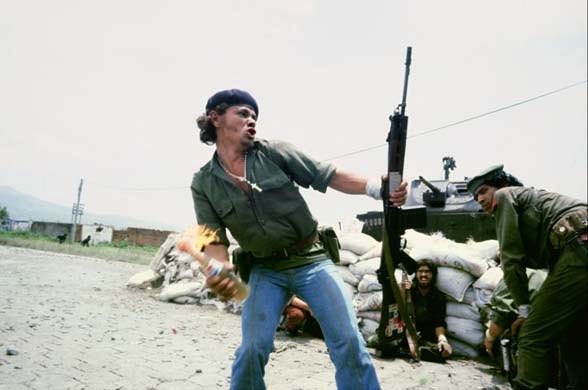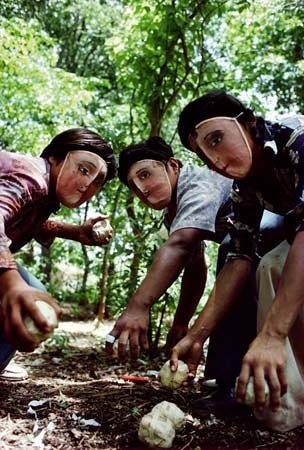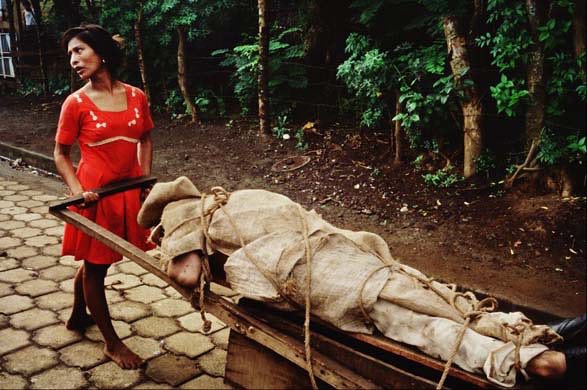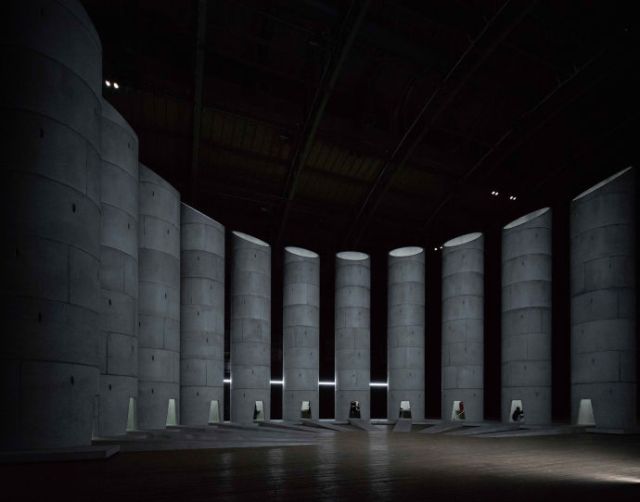Between watching the powerful scene from the documentary of the barber discussing his experience in during the war and in the death camps, and finding himself at a loss for words as he is overcome with the pain of remembering some of the horrors he saw while a young barber at the death camps, to reading the article of the context and background of why Claude Lanzmann decided to make the documentary, it is a powerful tribute to the importance of documentaries, especially for horrific events like the Holocaust.
As we discussed in class, the power of memory is something we cannot begin to explain, but while documentaries and remembering, especially when so much of history, like the the tragedies of the holocaust we destroyed, avoided, and even to this day, hidden, it is important to recognize how powerful the mind is. Perspective and stories are all up for relevance. The experiences of two people during the same event could be completely different, and while that is not a strike against either, critical thinking is so important.
The part of the article from The New Yorker that stood out to me the most was the part where they discuss the starting point and approach to the creation of this 9 and half hour documentary.
““Shoah” was not Lanzmann’s idea. It was commissioned, in 1973, by Alouph Hareven, a friend of Lanzmann’s in the Israeli Ministry of Foreign Affairs, who, having seen “Israel, Why,” suggested that Lanzmann make a film about the Holocaust from “the viewpoint of the Jews,” a film that is not “about the Shoah, but a film that is the Shoah.” Lanzmann spent a year doing research on a subject that he thought he knew about “innately.” He discovered, from reading books, watching films, and talking with survivors, that
what was most important was missing: the gas chambers, death in the gas chambers, from which no one had returned to report. The day I realized that this was what was missing, I knew that the subject of the film would be death itself, death rather than survival, a radical contradiction since in a sense it attested to the impossibility of the project I was embarking on: the dead could not speak for the dead. . . . My film would have to take up the ultimate challenge; take the place of the non-existent images of death in the gas chambers.” (The New Yorker)







